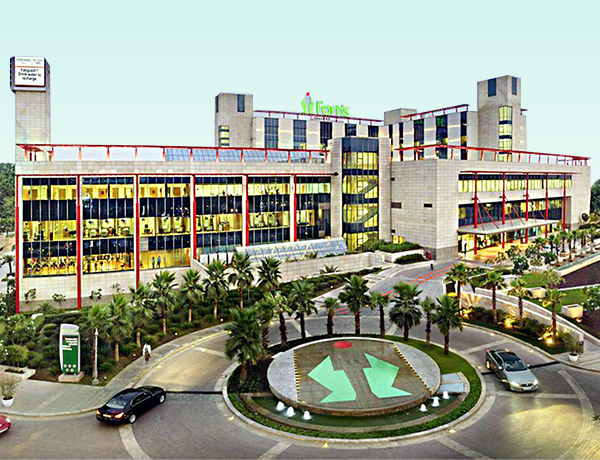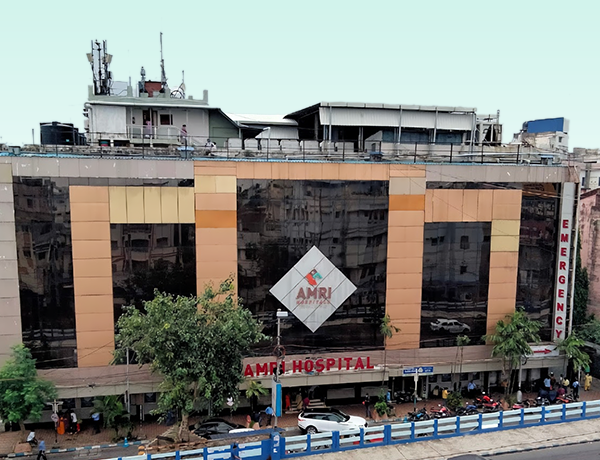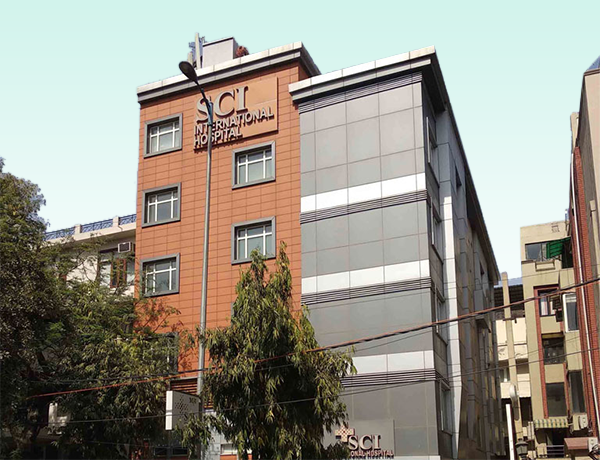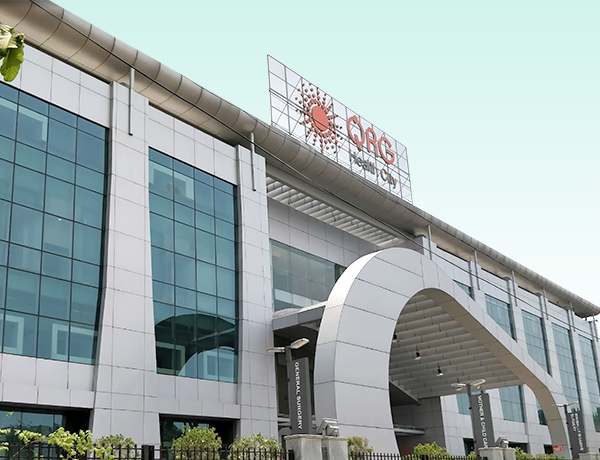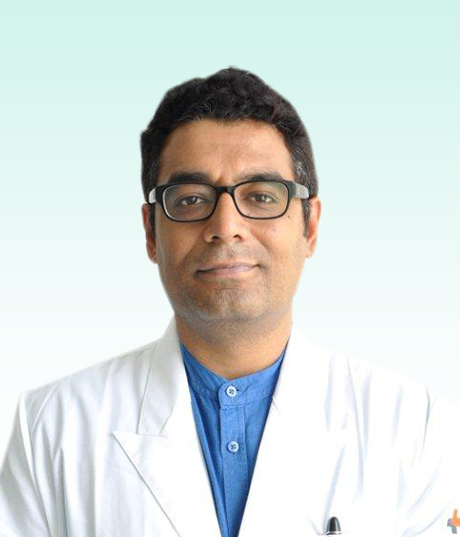Open Reduction and Internal Fixation
Open Reduction and Internal Fixation (ORIF) is a surgical procedure used to treat fractures by realigning the broken bones and stabilizing them with implants such as screws, plates, or rods. It is typically performed when the fracture is complex, displaced, or unstable, and requires surgical intervention for proper healing and restoration of function.

Who Needs Open Reduction and Internal Fixation
ORIF is recommended for individuals with fractures that cannot be effectively treated with nonsurgical methods such as casting or splinting. It is commonly used for fractures in the long bones of the limbs, such as the femur, tibia, or humerus, as well as fractures in the pelvis, wrist, or ankle. The decision to undergo ORIF is made by a healthcare professional based on the specific characteristics of the fracture.
When to See a Specialist
If you have sustained a fracture that causes severe pain, deformity, or loss of function, it is important to seek immediate medical attention. A specialist, such as an orthopedic surgeon, will evaluate the fracture and determine whether ORIF is necessary. They will consider factors such as the type of fracture, the stability of the bone, and the patient’s overall health.
Procedure
Anesthesia: The patient is placed under general or regional anesthesia to ensure comfort and pain control during the procedure.
Incision: The surgeon makes an incision near the fracture site to access the broken bones.
Reduction: The fractured bones are carefully realigned into their normal position.
Internal Fixation: Implants such as screws, plates, or rods are inserted to hold the fractured bones in place.
Closure: The incision is closed with sutures or staples.
Postoperative Care: The patient is monitored in the recovery area and may require a hospital stay for further observation and pain management.
Road to Recovery
After ORIF, the patient will undergo a period of rehabilitation and physical therapy to restore strength, mobility, and function. The duration of recovery depends on various factors, including the location and severity of the fracture. The surgeon will provide specific instructions on postoperative care, such as weight-bearing restrictions, wound care, and follow-up appointments.
Risk Management
As with any surgical procedure, there are potential risks and complications associated with ORIF. These may include infection, bleeding, nerve or blood vessel damage, implant failure, nonunion (failure of the bones to heal), and limited range of motion. Your surgeon will discuss these risks and develop a personalized risk management plan to minimize complications.
Benefits of Open Reduction and Internal Fixation
ORIF offers several benefits, including:
Accurate realignment of fractured bones for proper healing.
Stabilization of the fracture site, which promotes early mobilization and faster recovery.
Restoration of normal bone alignment and function.
Improved long-term outcomes, such as reduced risk of malunion (improper bone healing) or deformity.
Frequently Asked Questions
Is ORIF a painful procedure?
ORIF is performed under anesthesia, so the patient does not experience pain during the surgery. However, discomfort and pain may be present during the recovery period, which can be managed with prescribed pain medications.
How long does it take to recover from ORIF?
The recovery time varies depending on the location and severity of the fracture, as well as individual factors. It can range from several weeks to several months. Physical therapy and rehabilitation are crucial for optimal recovery.
Will I have visible scars after ORIF?
The incisions made during ORIF will result in scars, but their visibility can vary depending on the location and size of the incisions. Your surgeon will make efforts to minimize scarring and provide instructions for scar care.
Can the implants used in ORIF be removed?
In some cases, if the implants cause discomfort or complications, they can be removed in a separate surgical procedure once the fracture has fully healed. This decision is made based on individual circumstances and the advice of your healthcare provider.
Are there any alternatives to ORIF for treating fractures?
Depending on the type and location of the fracture, nonsurgical methods such as casting, splinting, or traction may be considered. However, ORIF is often necessary for fractures that are displaced, unstable, or complex to ensure proper alignment and healing.
Treatians As The Best Choice
Treatians understand that seeking medical treatment abroad can be a daunting experience for patients and their families. That’s why the company offers end-to-end support to its clients, from the initial consultation to post-treatment care. The company provides personalized treatment plans that are tailored to meet the individual needs of each patient, and its team of dedicated professionals is always on hand to provide guidance and support throughout the entire process. Contact us at +91-7982312582, drop your email [email protected]
- Trauma & intensive care
- Aged Care
- Community Services
- Diagnosis & Investigation
- Medical & Surgical
- Mental Health
- Rehabitation
- Specialised Support Service







